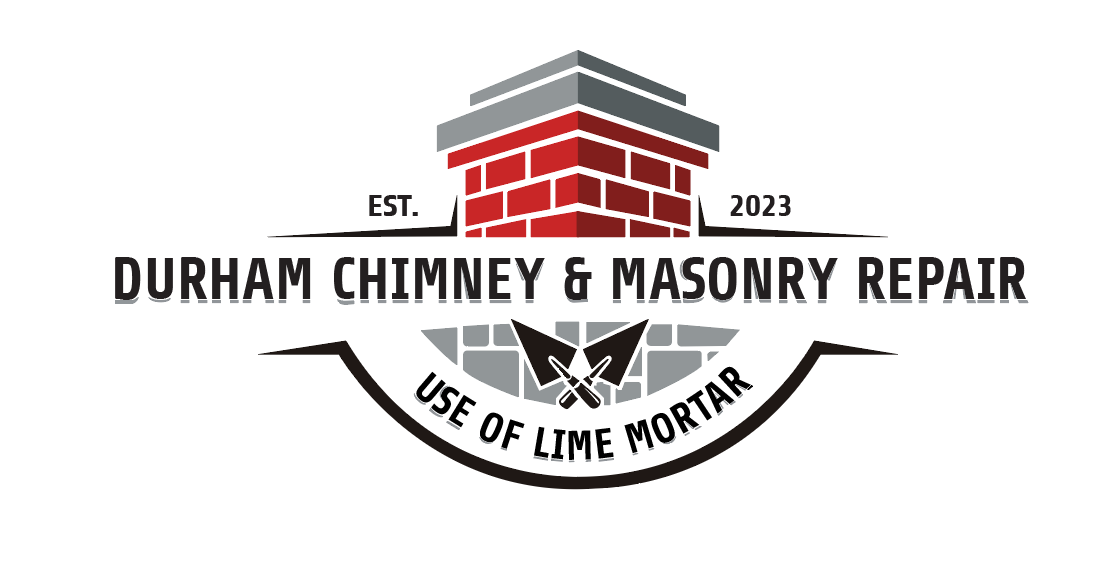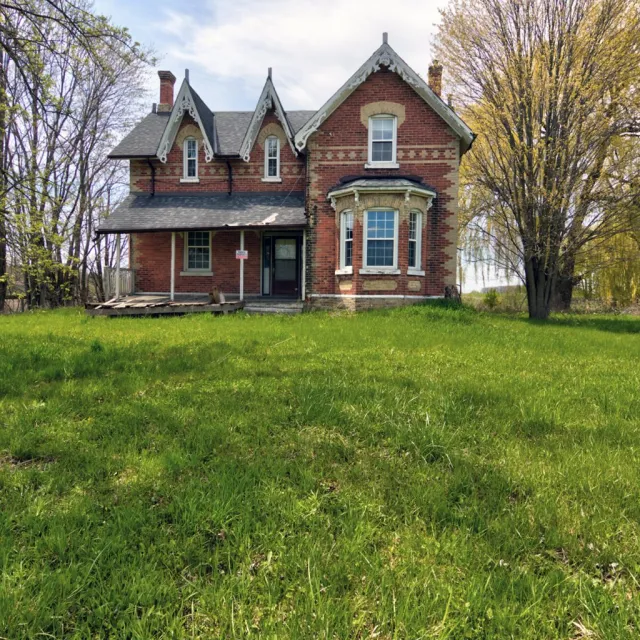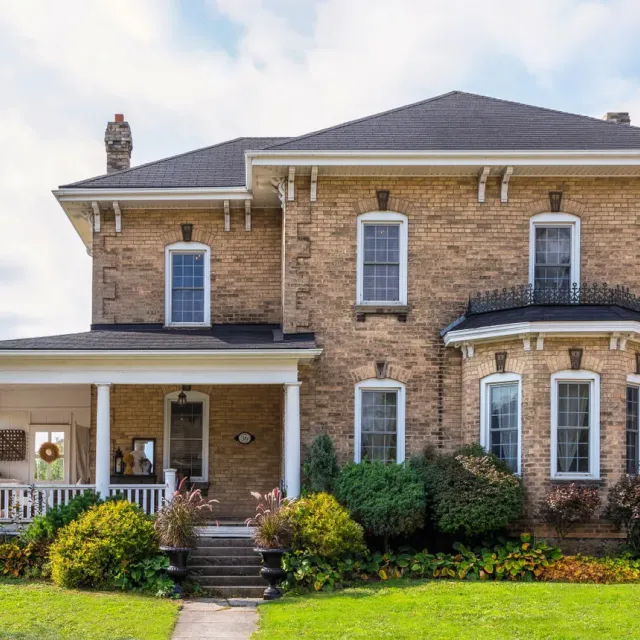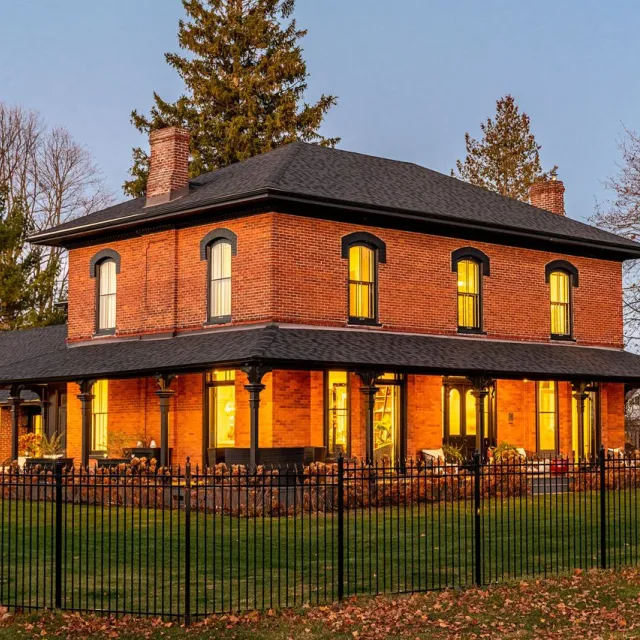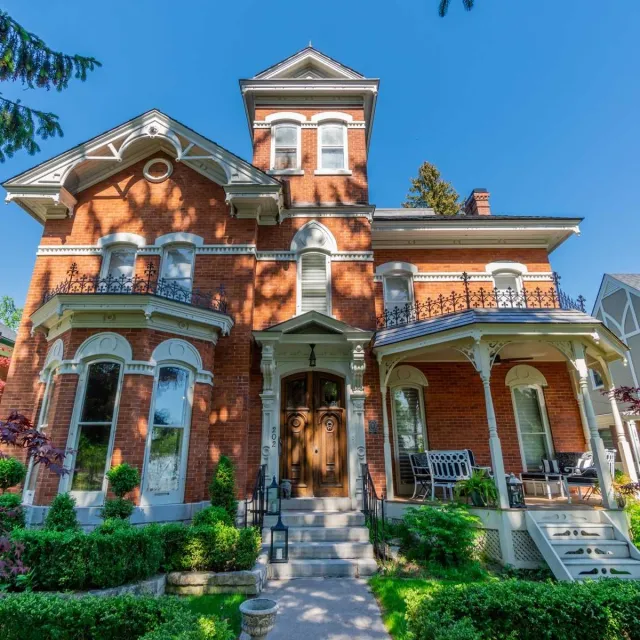
Victorian homes are some of the most iconic and cherished architectural styles, known for their intricate designs, towering structures, and timeless beauty. However, with age, these homes often face challenges, particularly when it comes to the masonry and chimney systems. Understanding the unique characteristics of these elements in Victorian homes, and the importance of their maintenance, is crucial to preserving both the aesthetic and structural integrity of these historic properties.
The Unique Architecture of Victorian Homes
Victorian homes were built between the 1830s and the early 1900s, with distinct features like high-pitched roofs, elaborate trim work, stained-glass windows, and intricate brickwork. Many of these homes were constructed with durable materials, but as time has passed, the natural wear and tear of weather, age, and lack of regular maintenance have taken their toll. Among the most important elements to preserve are the masonry and chimneys, which were often key features in Victorian designs.
The Role of Masonry in Victorian Homes
Masonry, typically involving bricks, stone, and mortar, was used extensively in the construction of Victorian homes, particularly for foundations, walls, and decorative elements. The type of masonry used varied depending on the region and the available materials, but it often had an ornamental aspect—Victorian masons were known for their craftsmanship.
Over time, however, the mortar holding the bricks and stones together may deteriorate. Factors such as freeze-thaw cycles, water infiltration, and natural settling can all lead to weakened masonry. Cracked or crumbling masonry not only affects the visual appeal of a Victorian home but can also result in significant structural damage, leading to instability in the walls, chimneys, or even the foundation.
Why Chimneys Matter in Victorian Homes
The chimney is an essential feature of Victorian homes, often serving as a central element in the living spaces. Not only does it allow for the safe ventilation of smoke from fireplaces and stoves, but it also adds to the home’s character, often rising proudly from the roofline with elaborate brick or stonework. Victorian chimneys were often designed to be functional and decorative, adding both beauty and practicality.
However, over time, chimneys in Victorian homes can deteriorate. Common issues include:
- Cracked Mortar or Bricks – The mortar that bonds the bricks or stones can erode, leaving the chimney vulnerable to further damage. This can allow water to penetrate the structure, leading to even greater issues down the line.
- Chimney Liner Deterioration – The chimney liner, which protects the inside of the chimney and directs smoke safely out of the home, may also degrade over time. A cracked or missing liner is a serious safety concern.
- Water Damage – Chimneys are particularly susceptible to water damage, which can cause rusting of metal components, decay of the masonry, and the eventual collapse of parts of the chimney.
Repairing and Maintaining Masonry and Chimneys
The key to preserving the beauty and function of Victorian homes lies in regular maintenance and timely repairs. If you own or live in a Victorian home, it is crucial to inspect the masonry and chimney for damage. Here are some common repair methods:
1. Tuckpointing
Tuckpointing is the process of replacing old, damaged mortar with fresh mortar to restore the structural integrity of the masonry. This is especially important for chimneys, as deteriorating mortar can lead to instability, affecting the chimney’s ability to vent properly. This process is vital to the safety of the home and should be done as soon as signs of wear are noticed.
2. Chimney Rebuilding
In cases where the chimney has significant damage, partial or complete rebuilding may be necessary. This is especially important if the chimney has started to lean, show visible cracks, or has lost its ability to direct smoke safely from the home. Rebuilding the chimney can involve restoring the masonry, repairing or replacing the liner, and ensuring the chimney crown is intact.
3. Waterproofing
Applying a waterproof sealant to both the chimney and the masonry of the home is a good preventative measure. This can protect the structure from moisture infiltration, which is a primary cause of deterioration in Victorian homes, particularly in areas that experience harsh winters with freezing temperatures.
4. Flue and Liner Inspections
In older Victorian homes, it’s important to inspect the chimney flue and liner regularly. Cracks or blockages can lead to dangerous gas buildup inside the home, which is a serious safety hazard. If any cracks or damage are found in the flue, it’s important to address them quickly to prevent health risks, such as carbon monoxide poisoning.
5. Crown Repair
The chimney crown, which sits on top of the chimney and protects it from water infiltration, may need repairs if cracked or damaged. If left unaddressed, water can seep into the chimney, leading to further erosion of the masonry and weakening the structure.
Service Area
Whether you’re in Pickering, Whitby, Oshawa, Bowmanville, Newcastle, Port Hope, Cobourg, Trent Hills, Trenton, Peterborough, or Campbellford, we are here to meet all your chimney repair needs. No matter where you are in Ontario, we provide expert masonry and chimney services to ensure your home stays safe and secure.
Conclusion
The masonry and chimney of Victorian homes play a vital role in the overall function and aesthetic of these architectural masterpieces. Over time, these elements can become worn or damaged, leading to potential safety hazards and structural instability. Regular maintenance, including tuckpointing, flue inspections, and waterproofing, is essential to preserving the charm and functionality of these homes. Whether you’re dealing with a cracked chimney or deteriorating brickwork, addressing these issues promptly will ensure that your Victorian home remains a safe, beautiful place to live for years to come.
